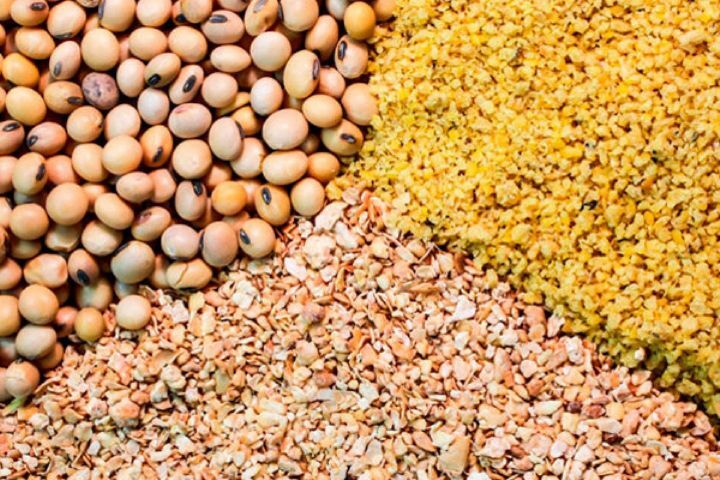Given the extensive use of full-fat soybeans (FFSB) and soybean meal (SBM) in livestock diets, we aim to provide a brief comparison of these two products:
-
Nutrient Composition: Full-fat soybeans are processed from raw soybeans, retaining 18% fat, thereby serving as a significant source of both energy and protein. In contrast, soybean meal contains only 1-5% fat. Consequently, full-fat soybeans can be classified as a plant-based concentrate.

-
Bypass Protein Content: The bypass protein (RUP) content in full-fat soybeans is 60%, whereas in soybean meal, it does not exceed 35%. Bypass protein is crucial in ruminants, such as dairy cows, as it contributes significantly to their nutritional requirements.
-
Additional Nutritional Benefits: The inclusion of full-fat soybeans in the diet partially fulfills the animal's requirements for vitamin E, omega-3, and omega-6 fatty acids, as well as providing essential dietary energy. Vitamin E, in particular, enhances reproductive performance and the immune system in livestock.
1717577962665.jpg)
-
Crude Protein Content: The crude protein content of soybean meal is higher than that of full-fat soybeans due to the oil extraction and extrusion process. This variation is primarily due to the differential oil content in these products.
-
Reduction in Supplemental Feeds: The need for supplemental fat powders and other plant-based meals, such as cottonseed meal, sunflower meal, canola meal, and safflower meal, decreases with the inclusion of full-fat soybeans in the diet.

